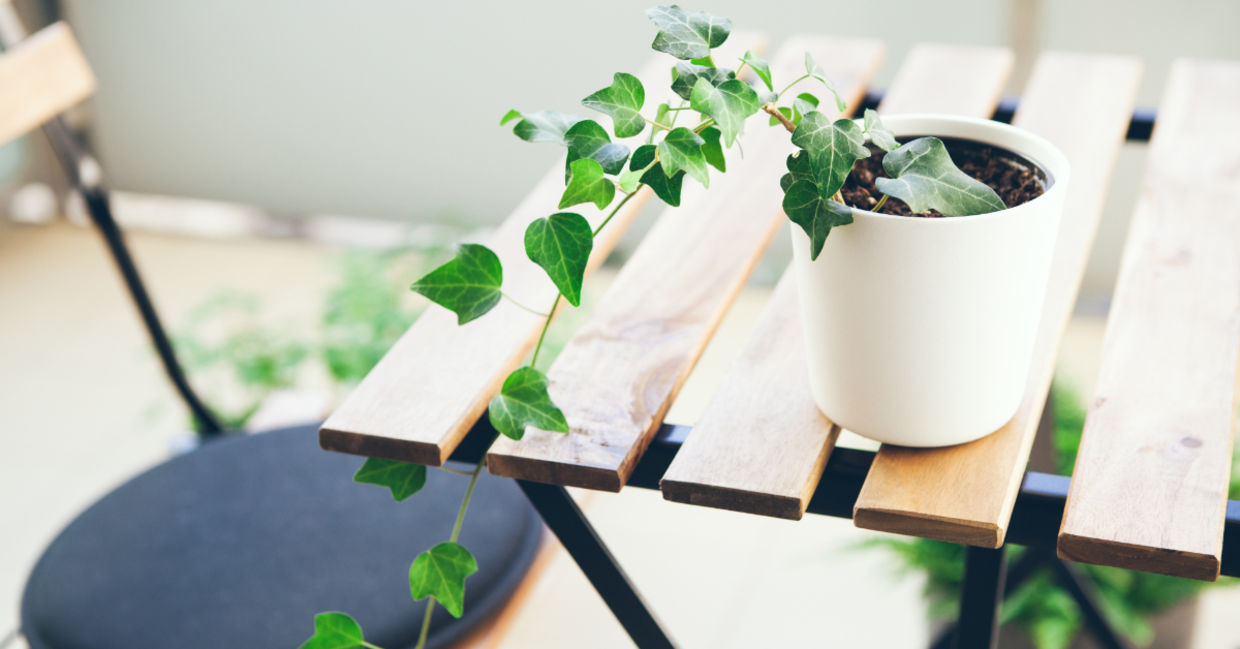
(Halfpoint / Shutterstock.com)
We all know what it means to have a green thumb, and according to mindbodygreen, one of the first instances of the term being used appears in an English newspaper, The Leicester Chronicle in 1907, with the author Ms. O’Conor Eccles sharing that, "My friend has what old country women call 'a Green Thumb,' that is to say, the gift of making anything and everything grow."
Would you like more of a green thumb yourself? With these tips, you can help take your houseplant care or gardening to the next level, whether you’ve tried and failed, are already successful, or just starting out as a plant parent!
Where to start
According to mindbodygreen, there are a couple of things to consider in the initial phase of plant care, the first being to start small by choosing plants that are easy to take care of and fit your lifestyle. Some other basic tips are to know what kind of environment to keep plants in, to make sure you are offering optimal conditions to your plants, to be vigilant about checking in with your plants, and to truly understand the plant in order to detect when something might go wrong.
It is also important to keep the needs of specific plants in mind and understand their differences thoroughly. According to onegreenplanet, the three main resources that most plants need are nutrients, water, and the sun. While keeping these three categories in mind, find out which types of plant you have and learn about their specific needs.
A popular and versatile houseplant, the English ivy, for instance, as the Clemson College website reveals, thrives at cool to moderate room temperatures in bright light, but not direct sunlight. It should also be planted in a container with good drainage, in a rich houseplant potting mix.

(Veera / Shutterstock.com)
Green thumb essentials for houseplants
There are a couple of essential tools and resources to keep in mind when taking better care of your houseplants. Expanding on the simple tips such as watering and fertilizing, there are other tips for taking the best care of your houseplants. According to Better Homes & Gardens, some of the most common reasons for unsuccessful plant care include overwatering and using too much fertilizer.
Another way to maintain houseplants and encourage growth is to be diligent about preventing diseases. Another tip from Better Homes and Gardens is to control insects from attacking houseplants not only by treating the plants with water or rubbing alcohol on its leaves, but also by correctly identifying them. For example, correctly identifying fungus gnats that can be confused with fruit flies. The article reports that “You typically see fungus gnats in large numbers when plants are overwatered. Allow the soil surface to dry between waterings and make sure to clear away any dead leaves on the soil surface.”
Perhaps you have tried to take care of your plants and you simply can’t get it right. If that’s the case, no need to worry! There are houseplants that do not require a lot of maintenance and are easier to take care of. Good Housekeeping shares that examples of low-maintenance houseplants include yucca, aloe, lady palm and the paddle plant.
Explore houseplants with healing properties. And consider naming your houseplants to become a proper pet parent!

(Grumpy Cow Studios / Shutterstock.com)
Gardening tips
There’s nothing quite like immersing yourself in the beauty of nature. If you’ve tried creating a garden or have a garden already, there are a couple of tips that you can use to help make your garden even better. Although knowing the conditions you are putting your plants in is of basic importance, you can take it one step further by officially checking which kind of plants you should house in your garden based on your location. Mindbodygreen states that outdoor gardeners can use the USDA Plant Hardiness Zone map to accurately determine which plants thrive in your location.
There are many other tips for improving your outdoor garden and maintaining it. Going beyond the simple steps, there are many more ways to go the extra mile for your outdoor plants. According to Family Handyman, some ways to improve your garden include choosing a premium potting mix, potting bulbs in layers and using a thick layer of organic mulch.
Why not try planting seeds and scraps straight from your kitchen? It’s reassuring to know that just like houseplants, if you have tried to create a garden to no avail, there are specific flowers that do not require much upkeep. Family Handyman offers some examples of low-maintenance flowers such as petunias, begonias, marigolds and cosmos.

(Tracy Immordino / Shutterstock.com)







